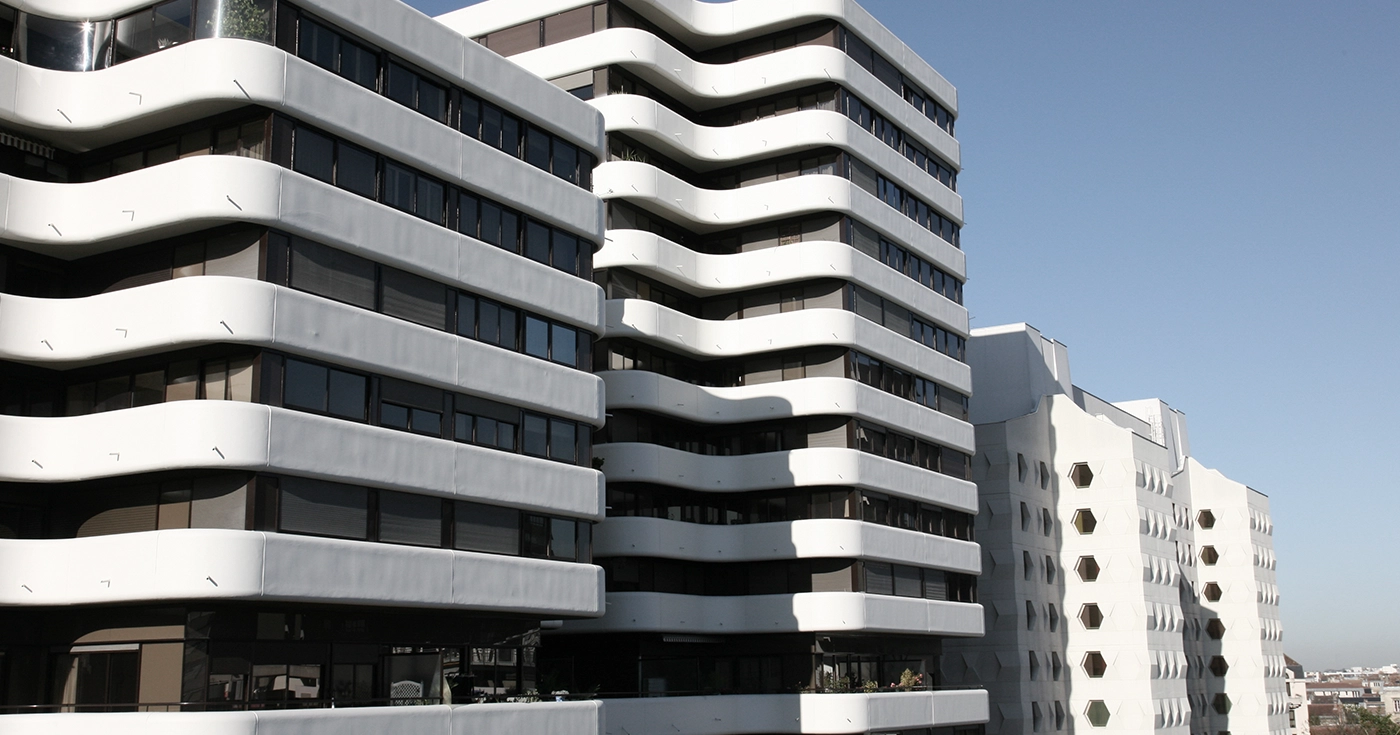
Active and Passive Real Estate Investing: Why You No Longer Have to Choose
The range of options in real estate investment is increasingly broad; various models are gaining traction among retail investors who seek to optimize the risk-return ratio without giving up the advantages offered by each style. According to data from CBRE’s Real Estate Market Outlook 2025 report, real estate investment is expected to grow by 15% in 2025, bringing the total volume to around 16 billion euros.
With the many real estate investment alternatives available, it’s common to wonder which is the best choice, and one of the most frequent debates revolves around choosing between active and passive real estate management.
What is active real estate management?
Active real estate management involves the direct involvement of the owner in managing their properties, from selection to the eventual sale of the assets—whether offices, housing, warehouses, etc. With greater control comes greater responsibility for the viability of the investment, which is why this approach requires continuous analysis and in-depth market knowledge.
The goal of this type of investment is to achieve the highest possible returns, possibly by renovating or improving energy efficiency to increase the asset’s value. After that, the investor can decide whether to rent or sell the property.
This method has its pros and cons. On the one hand, full control over the properties allows for strategy adjustments if risks are identified that could threaten profitability. This control also means investors can act without needing third-party approval. On the other hand, the main drawback is the level of involvement and effort required—investors must dedicate time and resources and cover all necessary costs themselves.
What is passive real estate management?
This strategy focuses on delegating the management and maintenance of real estate assets to experts, allowing investors to contribute capital without having to get involved in the process. The manager is responsible for finding tenants, maintaining the properties, and resolving any issues that may arise.
Investors take on fewer responsibilities and typically gain access to a wide range of investment options, including REITs, delegated rental platforms, real estate funds, and more.
Traditionally, investors have chosen one of these strategies based on their profile and risk tolerance. However, the landscape has changed: it’s now possible to combine both approaches strategically, and diversification is the most sought-after trend. But how can you get the best of both worlds?
The evolution of the modern investor toward hybrid models: the Urbanitae example
Interest in mixed real estate investment is on the rise, and modern investors are increasingly drawn to flexibility and profitability. This explains the popularity of combining both approaches to build mixed portfolios that ensure diversification and lower costs. By leveraging the stability and efficiency of passive management while allowing space for tactical active decisions, investors get the best of both worlds: flexibility and visibility over their investments.
Real estate crowdfunding platforms like Urbanitae allow investors to combine the best of passive and active management. On the one hand, thanks to its highly specialized and rigorous investment committee, investors can adopt a passive approach, delegating the analysis, validation, and selection of specific real estate projects (residential, hospitality, office, or logistics) to a team of experts applying strict viability, profitability, and safety criteria.
On the other hand, Urbanitae keeps control in the hands of the investor, allowing them to actively decide which projects to participate in and which to skip, selecting those that best align with their personal goals or investment time horizon. This combination—passive management during the opportunity analysis phase and active management in final decision-making—results in a flexible, efficient real estate investment experience tailored to each user’s interests and preferences.
Thus, Urbanitae enables fully digital, simple, and transparent investing. From any device, investors can access carefully curated projects, review all relevant information, and decide where to invest. Moreover, with a minimum investment of just 500 euros, Urbanitae democratizes access to large-scale real estate projects, making it possible to invest with limited capital and easily diversify one’s portfolio. The entire process is managed efficiently through the platform, in a secure environment, with full investment traceability and no paperwork or unnecessary intermediaries.

